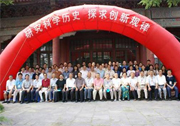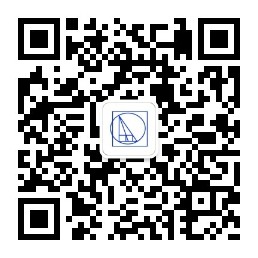| 英文摘要: |
Peter Parker, the first medical missionary to be sent by the American Board of Commissioners for Foreign Missions (ABCFM) to China in 1834, began his attempts at propagating the Gospel by providing medical aid gratis to Chinese immigrants in Singapore. His journey to Singapore shortly after his initial arrival in Canton resulted for the most part from the political upheaval caused by the “Napier Affair”, rather than the often claimed reason that he went there “to learn Chinese and practice medicine” as part of an earlier plan. Further evidence of the abrupt nature of the trip was that the oral Chinese that Parker learned in Singapore was Fukien, a dialect spoken in the southern part of Fujian Province, China, which would be useless in his Canton work. Once in Singapore, Parker found he was needed more on medical than spiritual grounds. After a while he opened a dispensary with the help of other missionaries in a region of the port city where immigrants from southern Fujian predominated. The dispensary was warmly welcomed, providing medical aid to more than a thousand poor Chinese patients in the first 11 months of its operation, during the course of which more than 50 diseases were treated. It later served as a model for Parker’s Ophthalmic Hospital in Canton. These medical activities did not originate from a pre-existing strategy of the ABCFM, but were, in fact, occasioned by the local situation. Although successful, this medical institution failed to earn support from the mission board at home either in the form of funds or personnel, and was discontinued after Parker and another physician in attendance had both left, leaving only sparse records in local documents. When Parker was in Singapore, the demand for medical facilities in society at large was strikingly urgent, the two existing hospitals clearly insufficient to meet the needs of the large number of impoverished immigrants. Yet this wide-open field for medical activities did not persuade any of the protestant missions then active in that area, including ABCFM, to establish a mission hospital there. The absence of mission hospitals in Singapore is still noticeable today. Observation of Parker’s Singapore journey leads us to presume that the demands of society for medicine may hardly have been the main motivation for any protestant mission to set up hospitals, if it was a motivation at all. |





